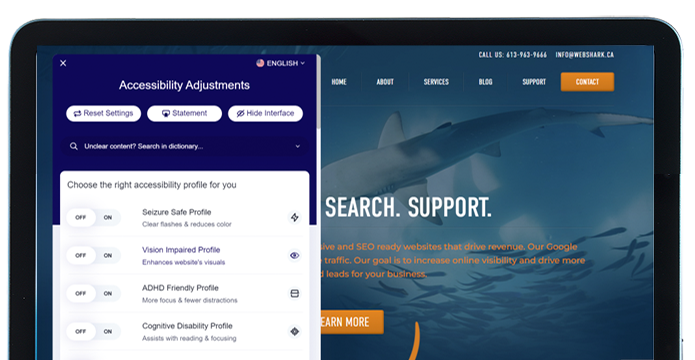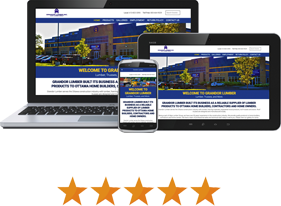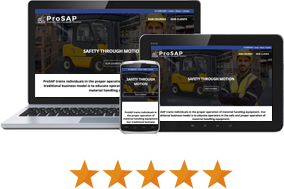
Web accessibility is a set of rules, behaviors, code standards, and design guidelines that are used to enable people with disabilities, which comprise 20% of the world’s population, to use websites effectively.
To achieve this, the W3C (The World Wide Web Consortium) has created the Web Content Accessibility Guidelines 2.1 (WCAG 2.1), which explain about and guide developers on how to make websites accessible. These guidelines have been adopted by governments around the world and are now a part of various legislations, such as the ADA, Section 508, EN 301549, and others.
The WCAG focuses mainly on three areas of accessibility: blind people using screen-readers (JAWS, NVDA), people with motor impairments who use only keyboards, and a variety of other disabilities such as color blindness, epilepsy, and minor visual impairments that are mainly focused on the UI and design of the website (color contrasts, animations, fonts, etc.)

WEBSHARK accessible widget is a leading AI-powered web accessibility solution that makes websites accessible to people with disabilities, and compliant with the WCAG, ADA, and other accessibility legislation. By using AI and automation, our widget significantly reduces costs and time, making web accessibility achievable for all businesses.

Making the internet accessible and inclusive is about leveling the playing field for 20% of the world's population. However, it's also about the exponential growth in web-related litigation that have a widespread effect across every industry, with businesses of all sizes at the center. Making sure your website is accessible is not only doing the right thing, it mitigates your legal risk.
GET A QUOTEYes, accessibility web services often strive to comply with established accessibility standards such as:
Implementation involves integrating the accessibility web service's code or APIs into a website's existing codebase. This could include adding scripts, modifying HTML, CSS, and JavaScript to ensure compliance with the desired accessibility features. Most accessibility web services provide detailed integration guides and support to assist with this process.
Costs vary based on the service provider, the scope of accessibility features needed, and the size and complexity of the website. Some services offer tiered pricing based on usage, while others may have fixed or subscription-based pricing models. It's advisable to reach out to the service provider for specific pricing details.

“I appreciate the work you and your team have been doing. Helpful, open to ideas, fast responding and hard workers! WEBSHARK has a great attention to detail, are very patient and fast responding."

“What a great experience working with Webshark! We love our website and our online presence. Always quick to respond, never too busy to chat or meet. Have and will continue to recommend Webshark.”